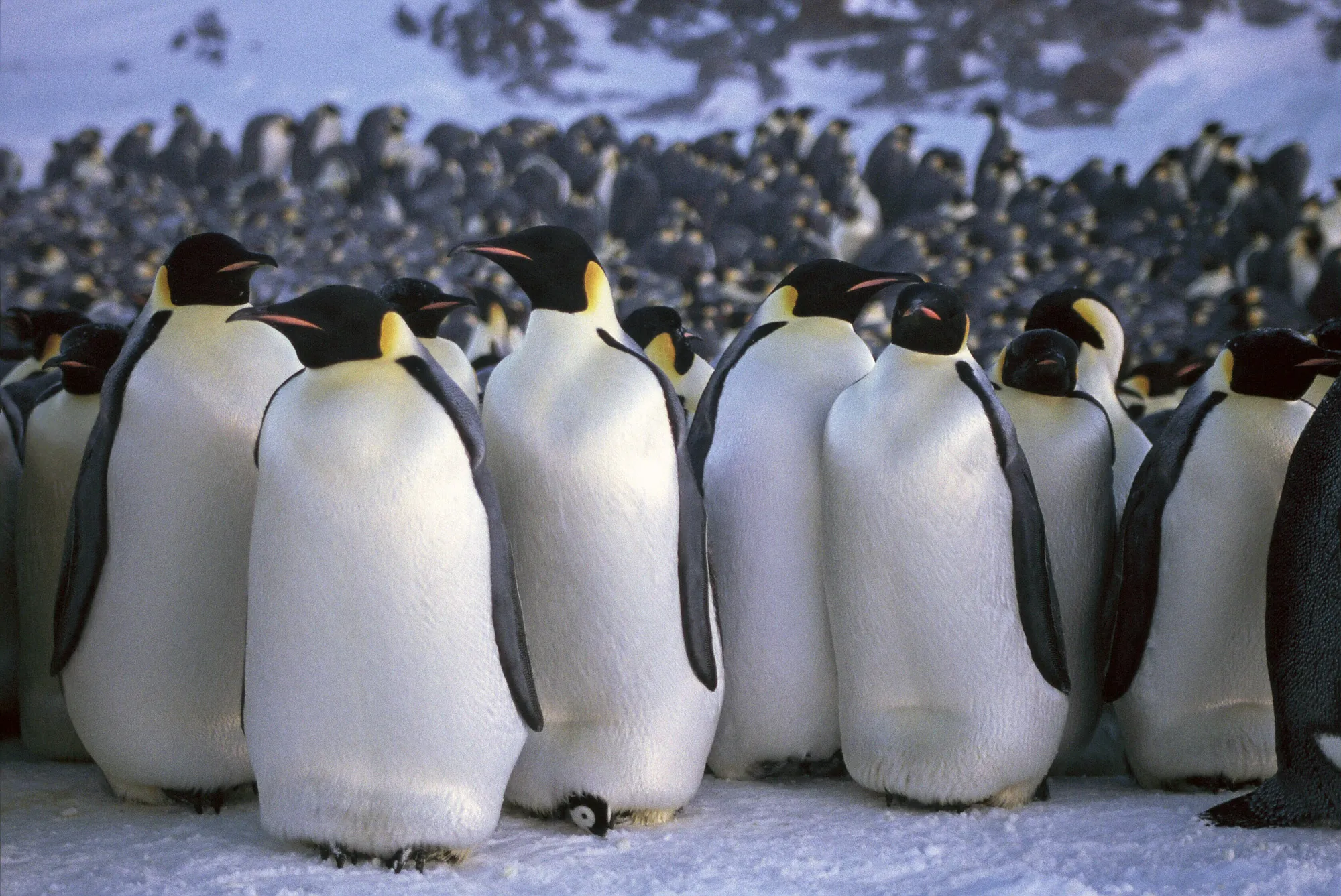providencemarianwood.org – In the heart of Antarctica, where temperatures plummet and winds howl, resides one of nature’s most extraordinary creatures: the emperor penguin. These majestic birds, with their sleek black and white plumage and upright stance, have captivated the imagination of explorers and scientists alike. Their ability to thrive in one of the harshest environments on Earth is a testament to their remarkable adaptations and social behaviors.
A Symphony of Survival
Emperor penguins are the largest of all penguin species, reaching heights of up to 120 centimeters and weighing as much as 45 kilograms. Their streamlined bodies and powerful flippers make them efficient swimmers, capable of diving to depths of over 500 meters in search of food. Their diet primarily consists of krill, fish, and squid, which they catch with precision and speed underwater.
One of the most remarkable aspects of emperor penguin behavior is their breeding cycle, which takes place during the harsh Antarctic winter. In April, thousands of penguins gather on the sea ice, forming dense colonies. After a courtship ritual that involves elaborate vocalizations and displays, pairs bond and the female lays a single egg.
The Dads Take Charge
The male penguins take on the responsibility of incubating the egg, a task that requires extraordinary endurance. They carefully balance the egg on their feet, shielding it from the freezing temperatures with a specialized brood pouch. For nearly two months, the males huddle together in tight groups, conserving heat and protecting their precious cargo.
During this time, the females embark on a perilous journey to the open ocean to forage for food. They may travel hundreds of kilometers, diving deep into the frigid waters to catch prey. Upon their return, the females transfer food to their chicks and take over incubation duties, allowing the exhausted males to replenish their energy.
A Delicate Balance
The survival of emperor penguins is inextricably linked to the health of the Antarctic ecosystem. Climate change poses a significant threat to their habitat, as rising temperatures are causing sea ice to melt earlier in the year. This reduction in sea ice can disrupt the penguins’ breeding cycle and limit their access to food.
In addition to climate change, other factors such as pollution, overfishing, and human disturbance can impact emperor penguin populations. Conservation efforts are underway to protect these iconic birds and their fragile environment. By reducing our carbon footprint and supporting sustainable fishing practices, we can help ensure the future of these remarkable creatures.
Conclusion
The emperor penguin is a true marvel of nature, a testament to the power of adaptation and the resilience of life. Their extraordinary journey through the harsh Antarctic winter is a reminder of the delicate balance of the natural world. As we continue to explore and understand these magnificent birds, we must also strive to protect them and their habitat for generations to come.
